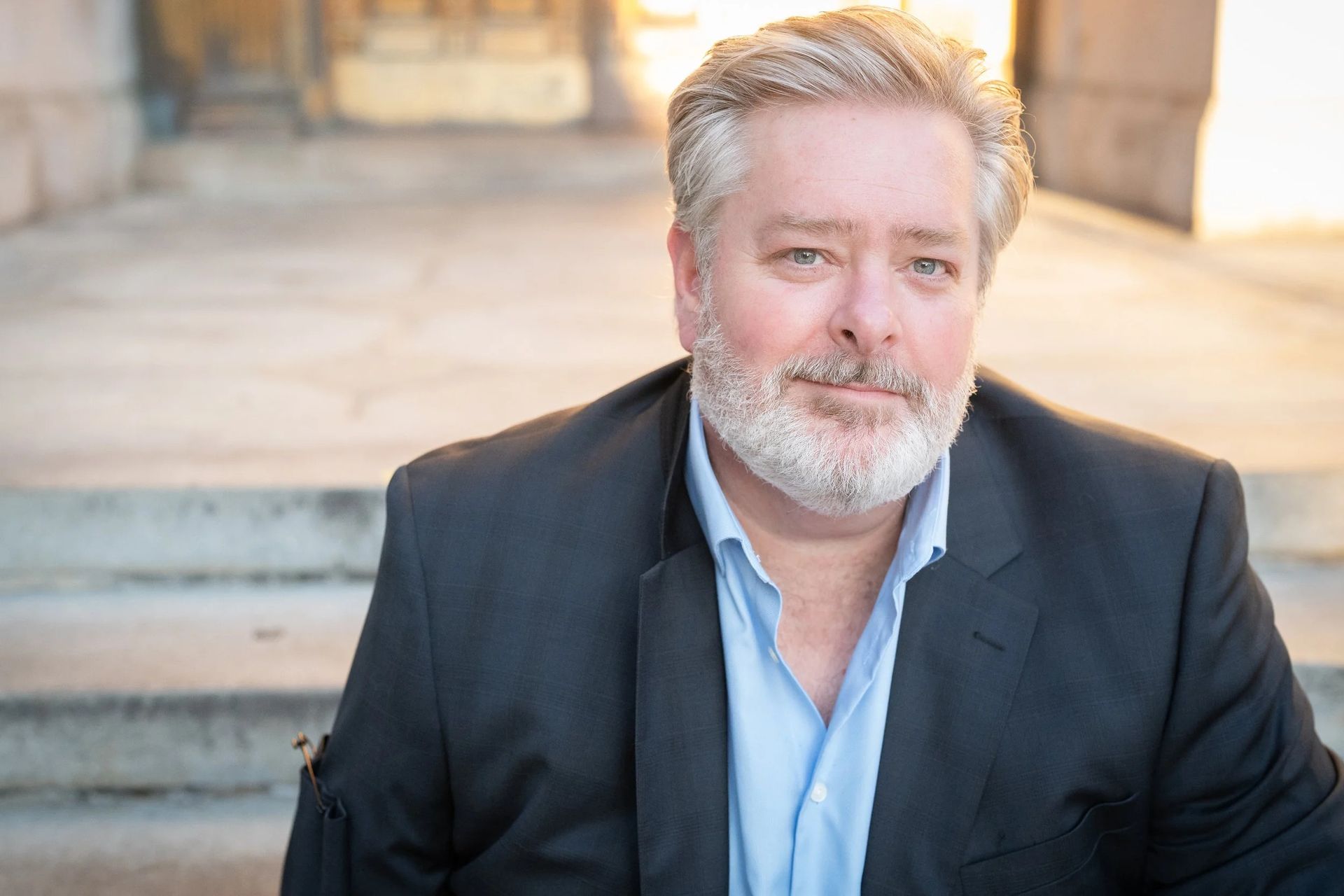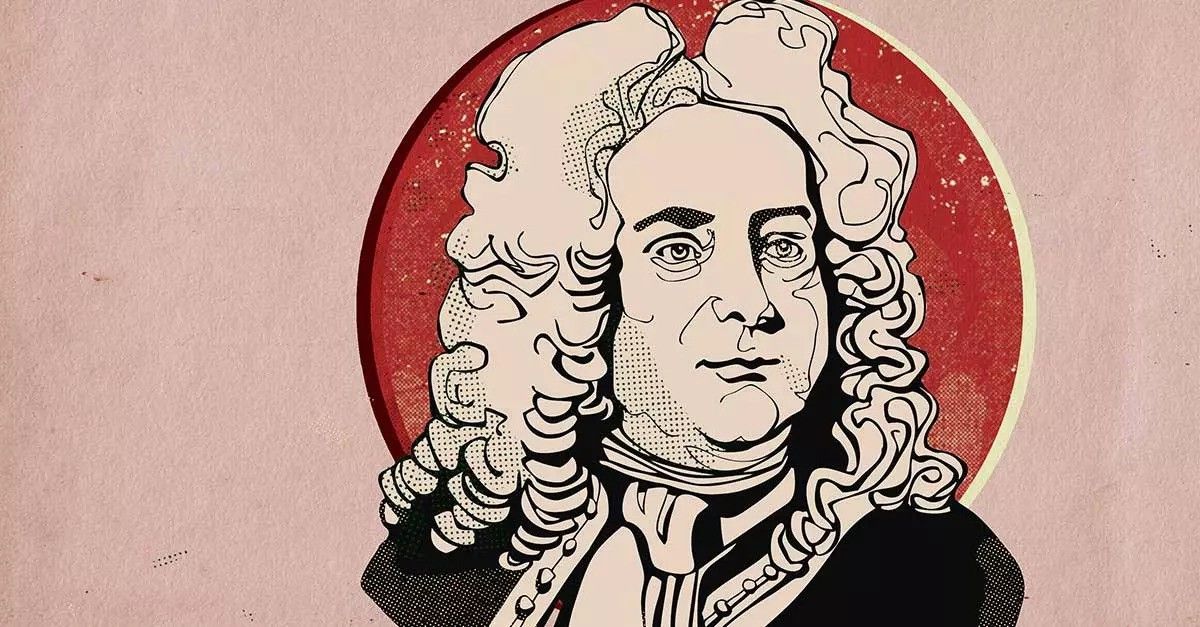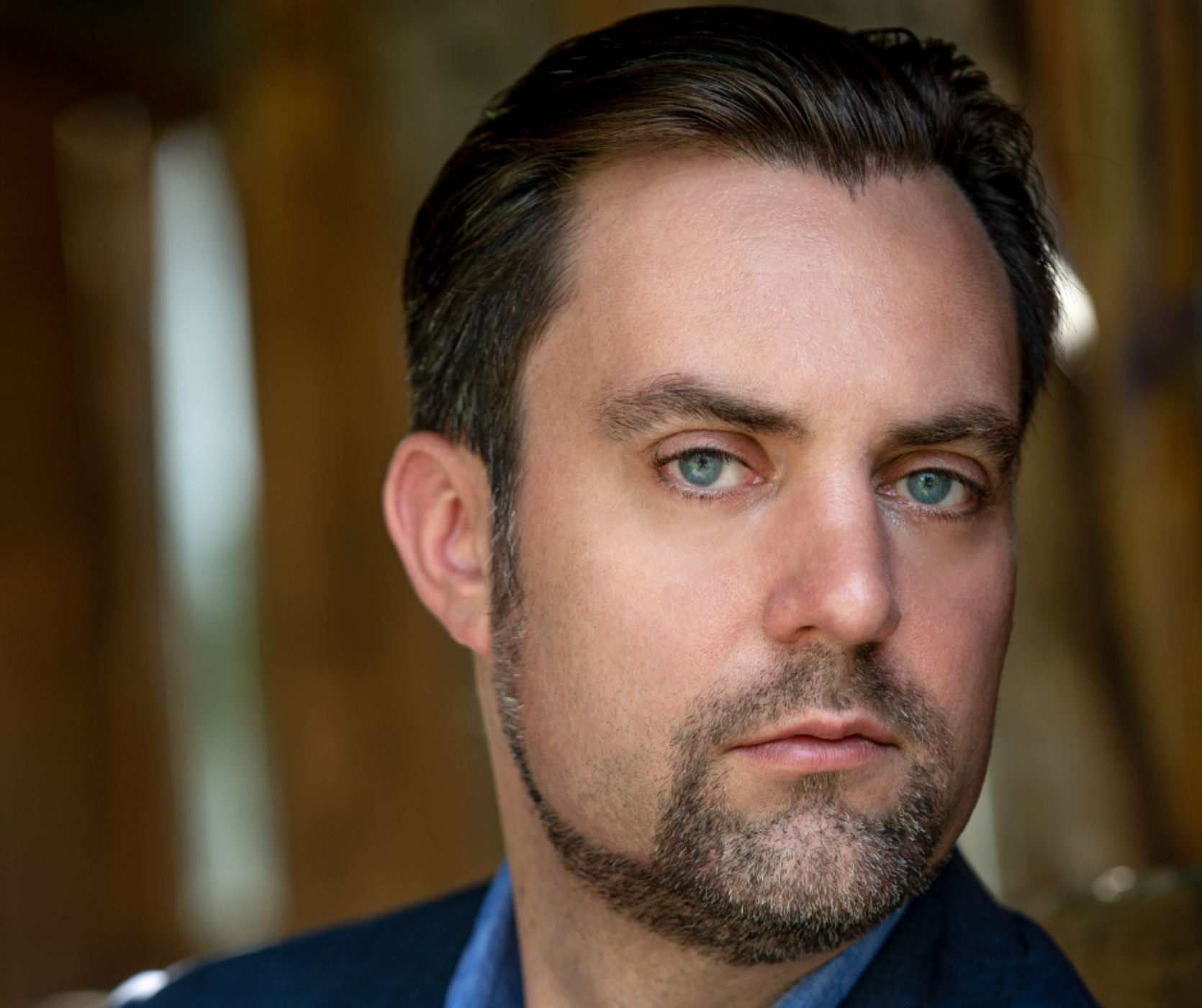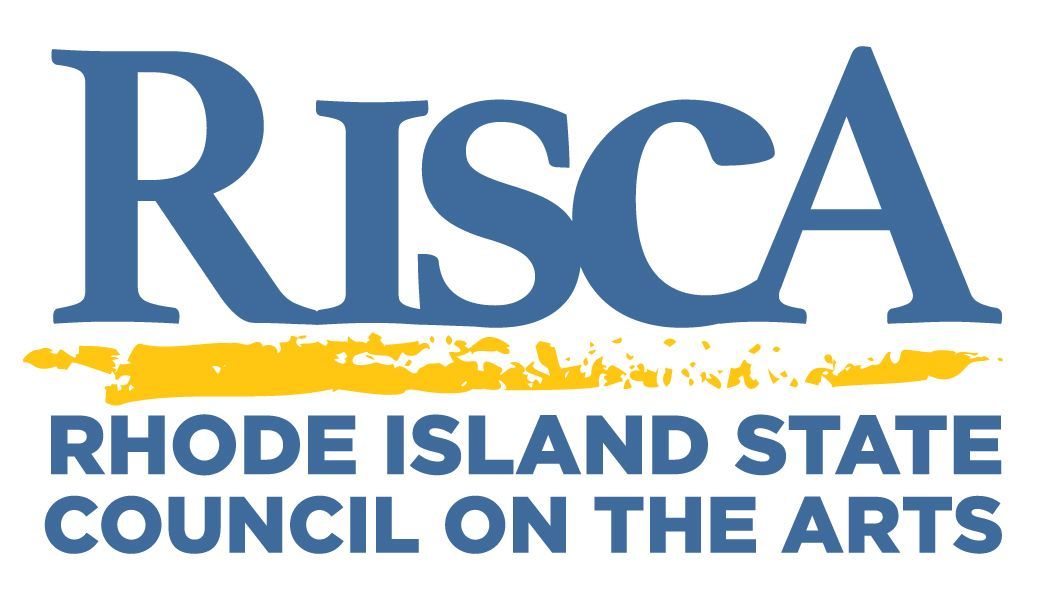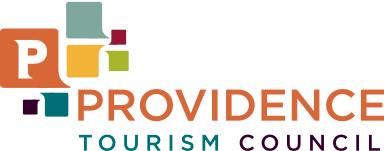THE STORY BEHIND: Bach's Concerto for Violin & Oboe
Share
On December 10, Jaime Laredo and the Rhode Island Philharmonic Orchestra will present THE FOUR SEASONS with conductor/violinist Jaime Laredo, and oboist Cheryl Bishkoff.
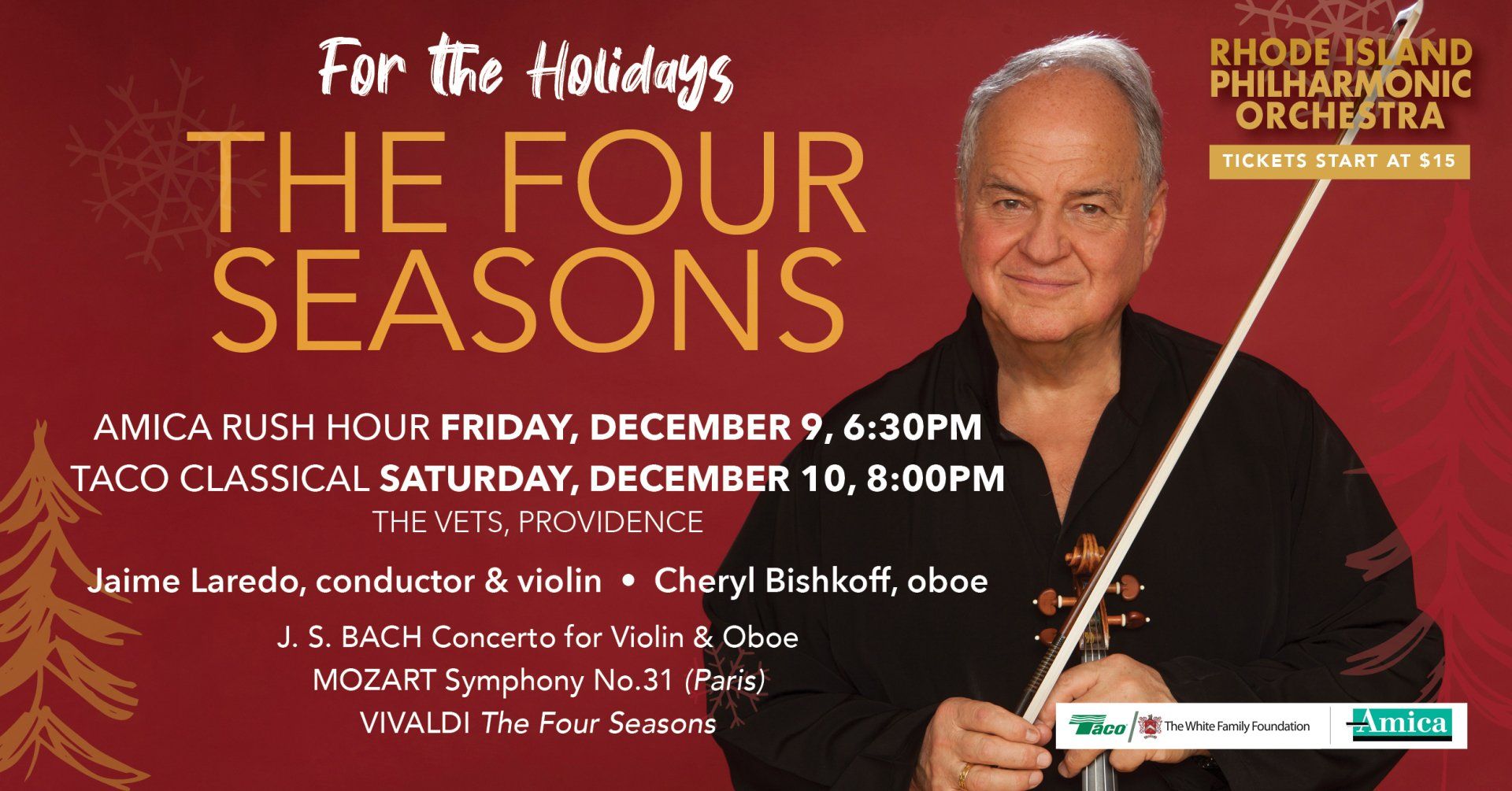
Title: Concerto for Violin and Oboe, BWV 1060R
Composer: Johann Sebastian Bach
(1685-1750)
Last time performed by the Rhode Island Philharmonic:
This is a RI Philharmonic Orchestra premiere. In addition to a solo violin and a solo oboe, this piece is scored for continuo and strings.
The Story: For seven of his 27 years in Leipzig, J.S. Bach — besides being cantor in the St. Thomas Church — was director of the Leipzig
Collegium Musicum. This organization consisted of professional musicians and students from the Leipzig University who performed vocal and instrumental music on a professional level. Johann Telemann had started the
Collegium Musicum in 1704 during his years as a law student at the university. By Bach’s time, the organization had become an important part of the city’s musical life, giving one public concert per week and special presentations for visiting dignitaries. Bach directed the
Collegium
from 1729 to 1736.
Bach’s own final version of the present concerto was for two harpsichords and strings. All indications are that every one of Bach’s concertos for one or more harpsichords was intended for the
Collegium’s
concerts he directed. Although these were the first concertos in history to feature a keyboard instrument, research has shown that all of them were transcriptions of earlier concertos for other instruments — composed by either Bach or another composer. In the case of the C Minor Concerto, Bach borrowed from himself. This work was probably based on a concerto composed many years earlier at the court of Anhalt-Cöthen for either violin and oboe or two violin soloists plus strings and
basso continuo. In the present performance, this instrumentation has been reconstructed for solo oboe and violin.
The opening movement of the C Minor Concerto features a memorable theme stated at the outset. This is in several graceful phrases, which are carried over into passages for the soloists. Elsewhere, snippets of the theme are exchanged between soloists and strings. Later, Bach interjects a few new melodies played by the strings in counterpoint against ideas drawn from the main theme. In the second half of the movement, the violin comes more into the spotlight, playing broken chord ideas based on the theme. A final full statement of the theme brings the movement to a close.
The
Adagio
central movement resembles a vocal duet with the oboe and violin soloists taking the roles of the singers. The oboe leads the way, but the solo violin lends a noble voice. As in many of Bach’s actual vocal duets, contention and cooperation move along, side by side.
A dance impulse informs the final movement. Rhythms are firmly squared off, even as the soloists take musical flight. The multifaceted central theme contains many accentuations, giving the music a frequent bouncing effect. Music for the soloists supplies ample opportunities for varied effects and shadings. The music’s crisply defined rhythms drive the concerto to a strong, bright finish.
Program Notes by Dr. Michael Fink © 2022 ALL RIGHTS RESERVED
Tickets start at $15! Click HERE or call 401-248-7000 to purchase today!

